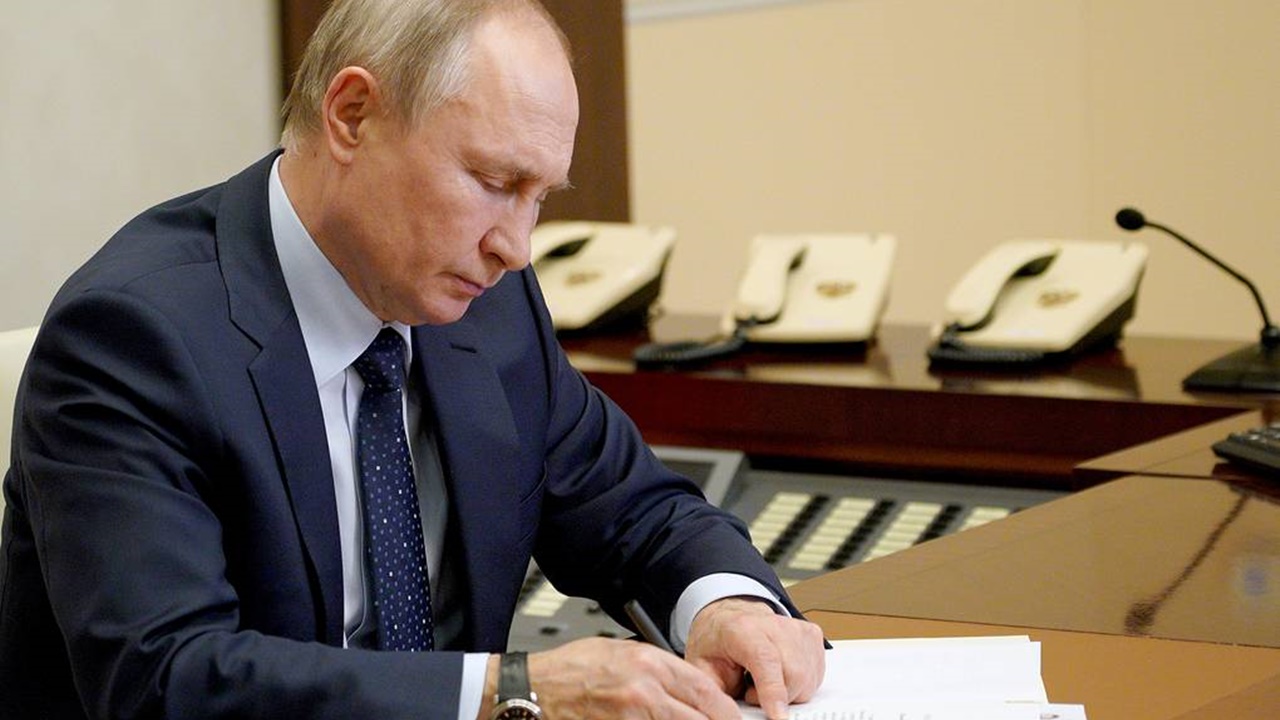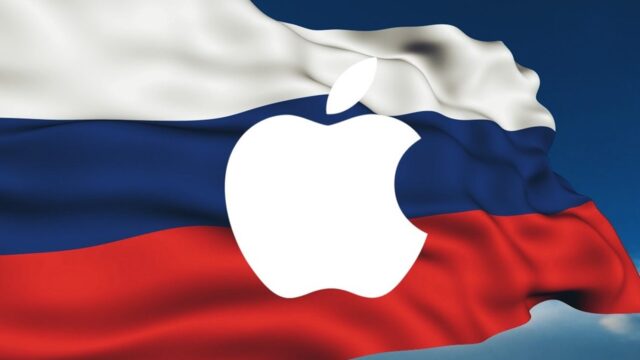With the increasing interest in cryptocurrencies, central banks also took action. Although digital Euro and digital dollar studies have been carried out before, it was Russia that took the first step in this field. The new law signed by Russian President Vladimir Putin officially put the digital ruble into effect.
The digital ruble era has begun for Russia
Russia already has two forms of payment: cash and credit. In addition to these, the digital ruble has become “the official third form of the national currency”. The law signed by Putin introduced the special ruble supervised by the Bank of Russia.

According to the regulation in the law, the digital ruble will be issued and distributed through a special electronic platform of the Bank of Russia. Through the platform, transactions can be made using the digital currency. At the first stage, digital ruble payments and transfers will be possible within the country.
However, the new law will not provide for opening deposits or obtaining loans in digital rubles. The currency will act as a “complementary payment mechanism in parallel with existing monetary forms”.
With this move, Russia aims to capitalize on the benefits of cryptocurrency while maintaining state control over exports. The Central Bank will act as the operator of the digital platform, regulating transactions and tracking citizens.
It should be noted that the use of digital rubles is not mandatory under the new law. That is, businesses and organizations in the country will offer the digital ruble as an alternative payment method. In addition, a digital ruble platform will be created to avoid confusion.














